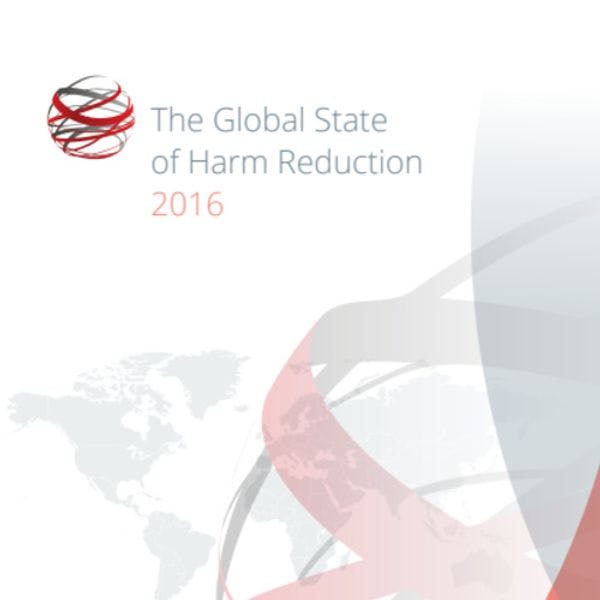The global state of harm reduction 2016
In 2008, Harm Reduction International (HRI) released the Global State of Harm Reduction, a report that mapped responses to drug-related HIV and hepatitis C epidemics around the world for the first time. The data gathered for the report provided a critical baseline against which progress could be measured in terms of the international, regional and national recognition of harm reduction in policy and practice. Since then, the biennial report has become a key publication for researchers, policymakers, civil society organisations and advocates, mapping harm reduction policy adoption and programme implementation globally. Since HRI first began reporting, the harm reduction response has increased globally with harm reduction programmes now operating at some level in more than half of the 158 countries in the world where injecting drug use has been documented. Harm reduction is now the majority response in the international community.
The Global State of Harm Reduction 2016 continues to map the response to drug-related HIV, viral hepatitis and tuberculosis. It also integrates updated information on harm reduction services into each regional chapter, including on needle and syringe programmes (NSPs) and opioid substitution therapy (OST) provision; harm reduction services in prisons; access to antiretroviral therapy (ART) for people who inject drugs; overdose responses; policy developments; civil society developments; and information relating to funding for harm reduction. With changing patterns in drug use, the 2016 report also reflects the use of, and harm reduction response to, amphetamine type stimulants (ATS).
Click here for more information, including regional breakdowns
Keep up-to-date with drug policy developments by subscribing to the IDPC Monthly Alert.
